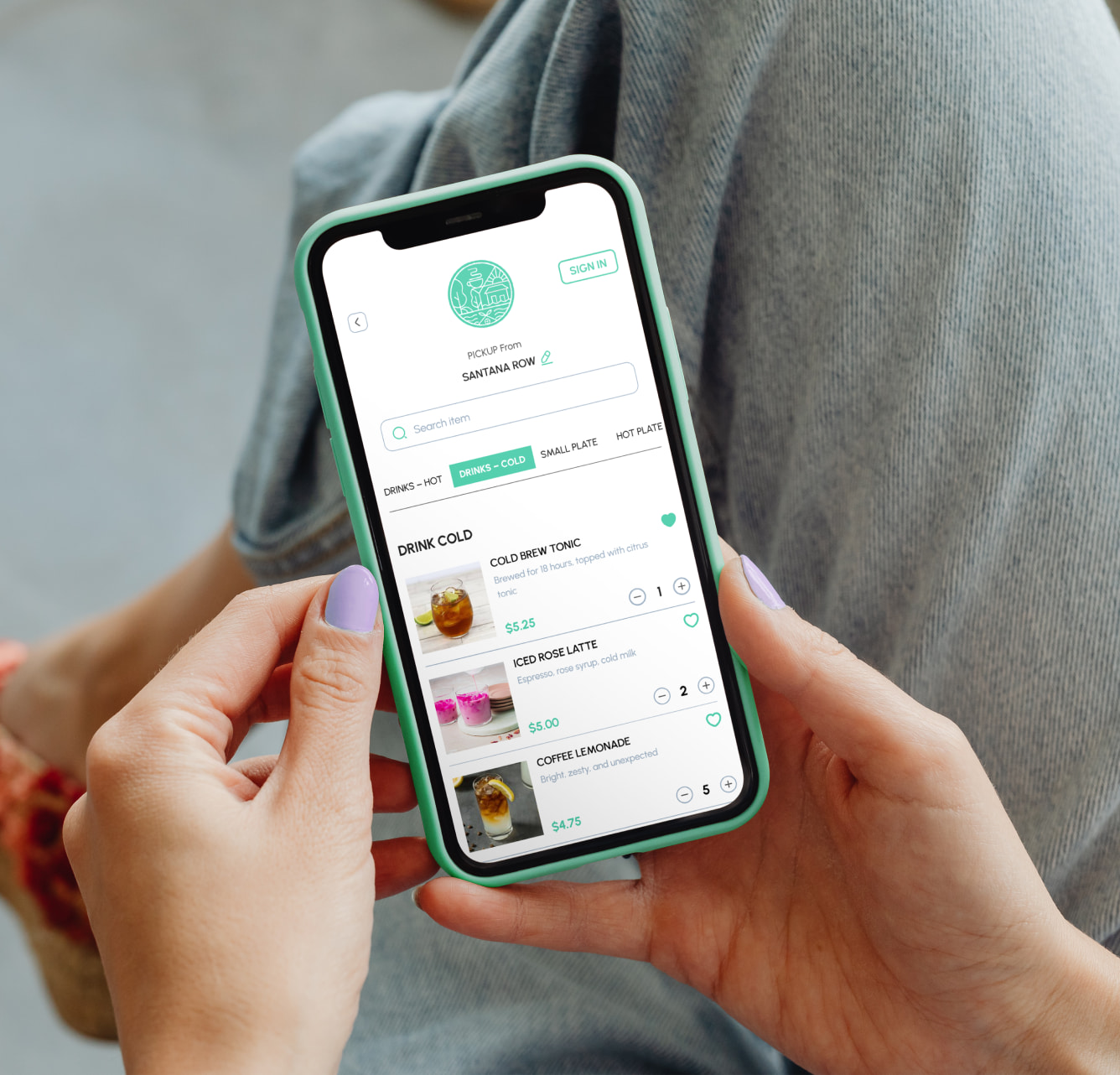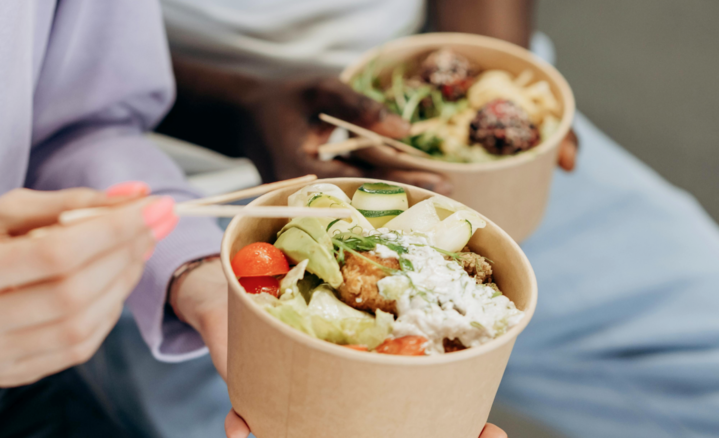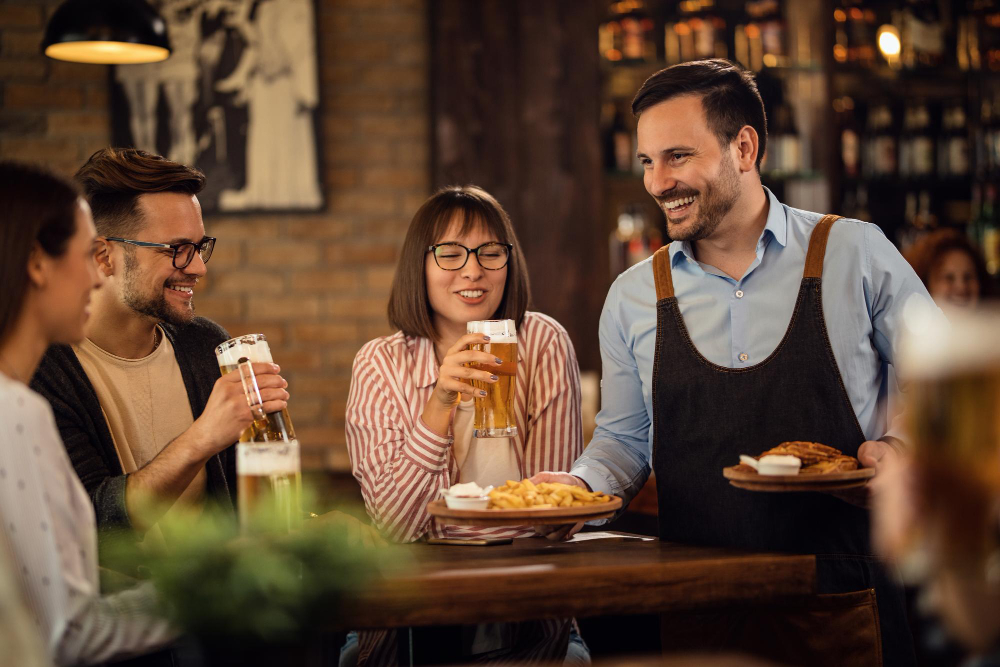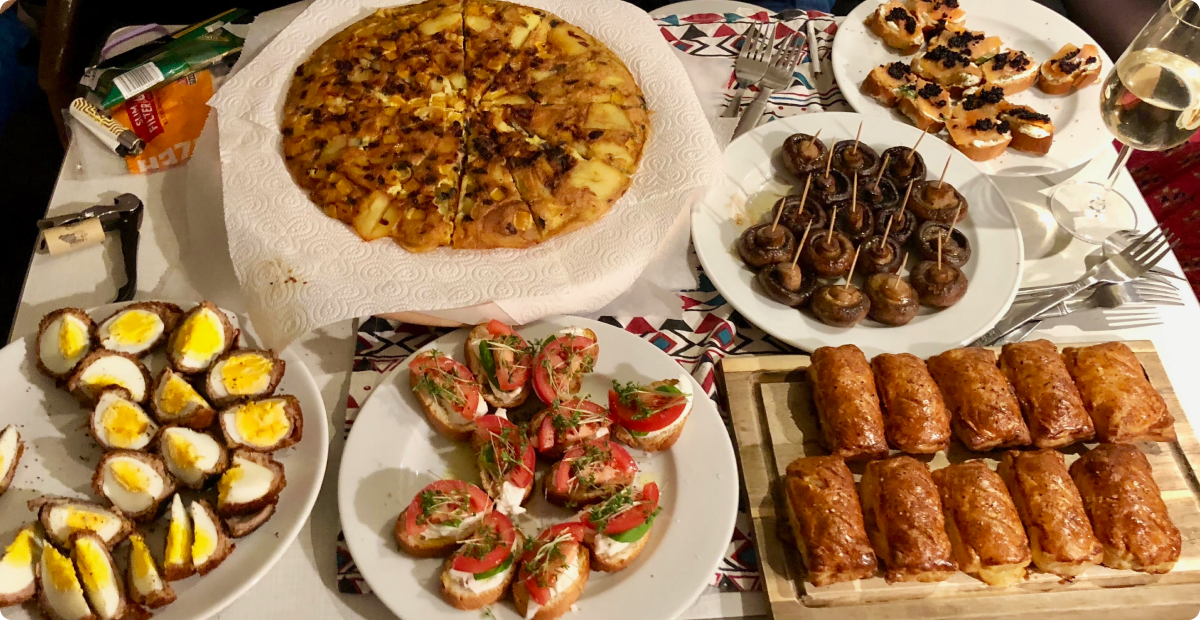Key Takeaways
The global pandemic of Coronavirus has highly changed the manner in which customers used to dine at restaurants. Consumers have become more aware and conscious about what they are consuming. This change in consumer behavior has also, directly and indirectly, changed how restaurants communicate the menu items as well as how it drives sales.
Post pandemic, the restaurants are incessantly looking for creative ways to increase sales and profit. They are making a special effort to elevate the customer experience to retain their loyalty. While there are a lot of ways to do it, the ever growing competition in the restaurant landscape is making it evermore challenging for restaurant owners to stay on top of their game.
At the core, it’s all about communication and how you interact with your customers. The interaction does not only include interactive marketing campaigns, but also the information you share that drives them to do business with you. One of them and a very important one is through your menu.
Driving Sales Through Menu
Running a successful restaurant involves finding the balance between what you cook best and what diners expect from you. While people can benefit from something they didn't know they wanted, relying on cooking alone will not make you successful - you must also take into consideration the larger food trends and shifts in behavior. If you take these trends into account, your brand feels fresh, exciting, and trustworthy, and thus elevates its status in the minds of your consumers.
Restaurant menus are one of the most tangible indicators of consumer preferences. Even though creating menus is an art in and of itself, you can adapt them to consumer trends, such as sustainability, without affecting the overall look of your restaurant.
Here are a few ways restaurant owners are adapting their menus to consumer preferences and also communicating them:
- Menus Allowing Easy Navigation: In the same way that supermarket nutrition labels must clearly identify certain ingredients, menus which clearly indicate vegan options, gluten-free options, or dairy-free options have become the norm. Your consumer will then be able to easily navigate the menu according to their preferences.
- Menus Showcasing Superfood Ingredients: 61% of diners admitted that they are now making healthier choices dining out as compared to what they were dining two years ago. A growing number of modern restaurant menus now feature nutritious and wholesome ingredients such as kombucha and miso, two gut-healthy foods. With this trend, restaurants can easily adjust recipes and provide options for their customers.
- Menus Reflecting Sustainable Production: Statistics show that 20% of consumers are aware of the sustainable production of food, and 41% care about sustainable meat. Ozlem Worpel, director of Fresh Meats Marketing at Tyson Fresh Meats says, “The pandemic showed us consumer behaviors have changed, and some of these behaviors are here to stay. The result is that consumers are looking for brands they trust.”
- Menus Highlighting Role in the Community: Highlighting where and why you use ingredients in your dishes is a common and effective way to highlight your restaurant's involvement with the community. Restaurant consumers are interested in learning how their support will impact the environment. When customers see that your restaurant supports local farmers, they will develop a sense of pride and this pride will, in turn, increase referrals and regulars.
- Menus Noting How Waste Is Handled: Today’s diners also care more about how a restaurant uses waste, and finding ways to include waste-reduction missions into your menu is worth your time. For example, you could talk about how you donate portions of your leftovers to a local shelter or offer a discounted dish that uses typically discarded parts of vegetables.
- Menus Including Functional Ingredients: Lizzie Kasparek, a dietitian at the Sanford Sports Science Institute, says “Functional foods are in. I don’t see it going away. People are interested in their health, and if they can pay the price for the option that has added fruits and vegetables they choose it.” Globally, the functional foods and beverage market is expected to grow by about 8% annually through 2021, according to a report from Technavio. It's more likely that customers will purchase food they've been recommended to eat out when they see it on a menu.
Deliver Quality Through Your Menu
To elevate your brand, show your customers the freshness and trustworthiness of the raw materials you use in food preparation. In order to build a successful brand, you need to make your customers want to return again and again. If you can manage it as a restaurant owner, your sales and revenue will rise.
Therefore, you must design your menu carefully. To encourage a purchase, you should design your menu strategically. There should be an easy-to-navigate structure that promotes the products you want patrons to purchase. The final decision is often made easier by mixing and matching price points, popularity, and niche items.
If you are buying the highest quality beef from Chairman’s Reserve from Tyson, your customers must know it. As a restaurant owner, your job is half done once the brand is visible to your customers. In your menu, for each item, wherever possible, you must showcase the quality of the material you are using.
It will not only give a lot of confidence to your customers, but you will also create a brand of your own - a restaurant that uses excellent quality items to prepare food.
Marketing your Menu
If you spent so much time creating the perfect menu, shouldn't your potential customers see it? As a restaurant owner, you need to make sure that your menu items are not only visible to diners but that they are also available to customers online.
You should showcase the menu items and raw materials you are using to prepare them as part of a marketing campaign. It will leave a positive impact on a new person who does not have much idea about your restaurant and food quality. It may be necessary (or even desirable) to sacrifice descriptions or even truncate your menu if you choose to host your menu online. If you upload your paper menu as a grainy photocopy, you won't get anywhere. Rather than investing much effort in decision-making, you should prioritize speed. Feature images, brief descriptions, and clear categories that simplify navigation and make purchasing online easier.
Donna's Toronto in Toronto, Canada promotes its menu in a different and creative manner online. As Donna highlighted, the bagels in their Reuben sandwich come from a local bakery called Harbord St Bakery. Harbord St Bakery also announced that they're providing bagels for a special. (image: https://www.instagram.com/p/B47qXHPgwof/?utm_source=ig_embed&ig_rid=e7d598ae-27f7-4380-b4de-07da6351ef85)
By doing so, the restaurant clientele learns where their favorite ingredients come from, while simultaneously the restaurant also showcases their support of other small local businesses. As a result, they also attracted new customers who are interested in supporting their community.
Closing Points
It is imperative to stay connected to the customers, be transparent and also listen to their needs. Today, when the customer has become more aware than ever, being transparent pays off well. Social platforms prove to be a great mode of direct line of communication with existing and potential customers. And when you put up your menu on social media, you are also developing a social media presence. Afterall, the bottom line is all about giving consumers what they want.
Frequently Asked Questions


.gif)








